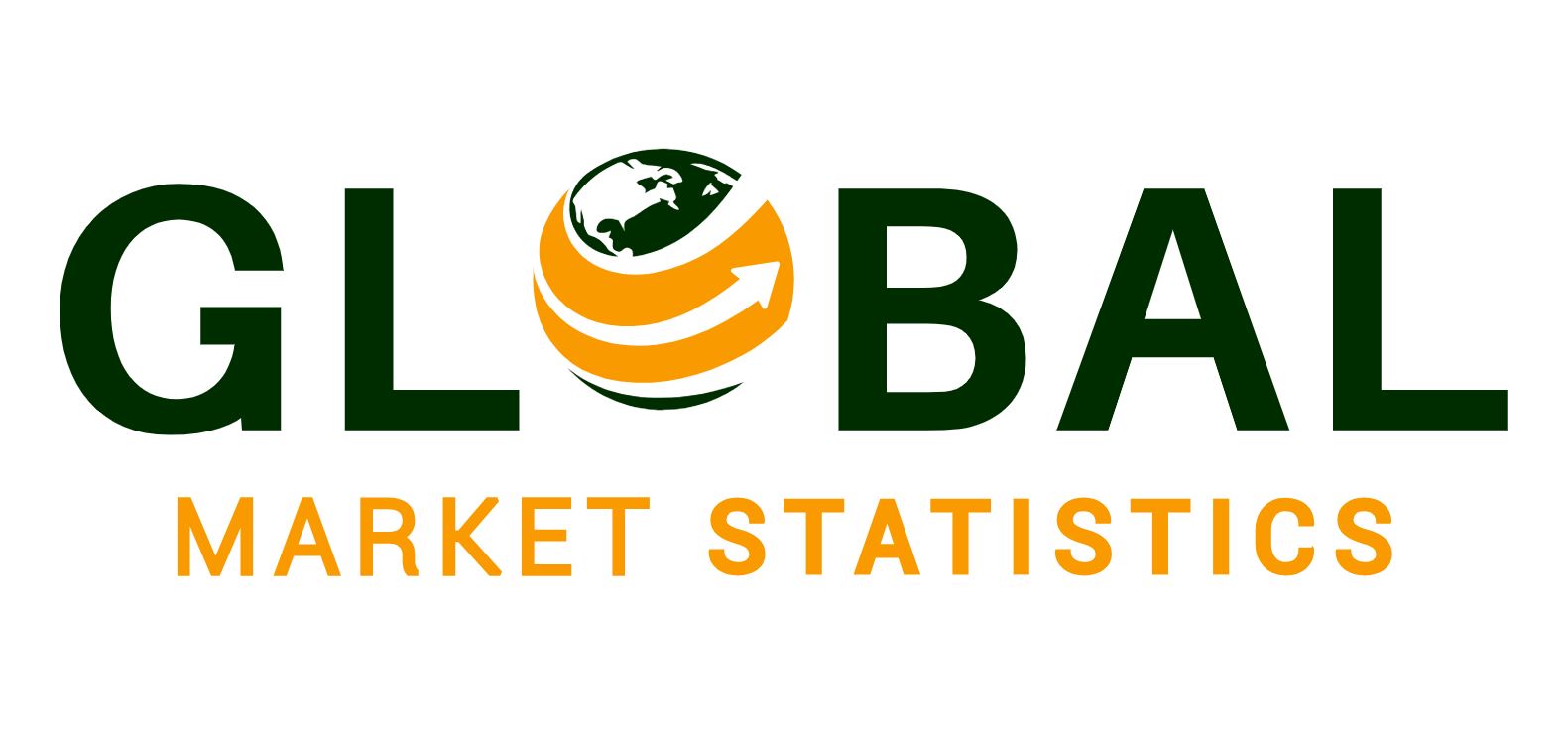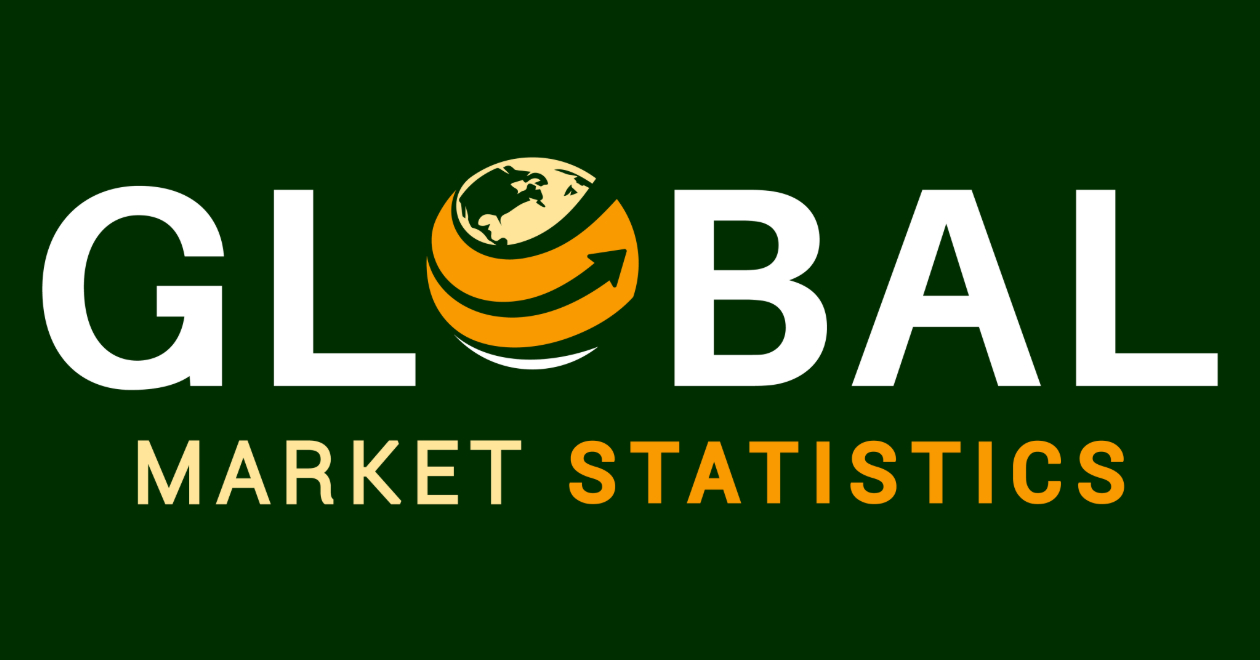IoT Communication Module Market Size & Share Trends, 2033

📶 Overview of the IoT Communication Module Market
The Internet of Things (IoT) Communication Module Market is a pivotal segment within the rapidly expanding IoT ecosystem. These modules are embedded hardware components that enable IoT devices to connect to networks and exchange data with other devices, cloud platforms, or central systems. Essentially, they serve as the 'voice' for IoT devices, facilitating seamless and secure communication over various wireless technologies. From smart home appliances and wearable tech to industrial sensors and connected vehicles, IoT communication modules are the unseen enablers of the interconnected world, allowing data to flow and intelligence to be shared across diverse applications.
The global IoT Communication Module Market was valued at approximately USD 6.13 billion in 2024 and is projected to reach USD 18.14 billion by 2033, exhibiting a significant Compound Annual Growth Rate (CAGR) of 12.7% during the forecast period (2025-2033). This robust growth is primarily driven by the exponential increase in the adoption of IoT devices across nearly every industry, the escalating demand for automation across business verticals, and advancements in big data and analytics that necessitate real-time data transmission. The continuous evolution of wireless communication technologies, coupled with declining costs of IoT sensors and devices, further fuels this market's expansion, enhancing the standard of experience in future technologies.
📈 Key Market Trends in the IoT Communication Module Sector
▶ 5G and LPWAN Dominance: The market is heavily driven by the increasing adoption of advanced cellular technologies like 5G (for high-bandwidth, low-latency applications) and Low-Power Wide-Area Network (LPWAN) technologies such as NB-IoT and LoRa (for long-range, low-power applications). 5G modules, in particular, are seeing significant revenue gains.
▶ Proliferation of Connected Devices: The number of connected devices is exploding, projected to exceed 18.8 billion by the end of 2024. This fuels demand for reliable and efficient communication modules across various sectors.
▶ Industry 4.0 and Smart City Initiatives: The rise of Industry 4.0 (industrial automation, predictive maintenance) and smart city projects (connected infrastructure, smart energy grids, intelligent transportation) are major drivers for IoT communication module adoption, requiring robust and secure connectivity.
▶ Embedded Automotive Growth: The automotive industry is a significant segment for cellular IoT modules, driven by the increasing demand for connected vehicles, telematics, and in-car infotainment systems.
▶ AI-Enabled Modules: There's a growing trend towards intelligent and AI-enabled cellular IoT modules that can perform data processing and decision-making closer to or at the edge, reducing latency and bandwidth requirements.
▶ Focus on Security and Standardization: With more devices connected, there's an increasing emphasis on enhanced security frameworks within communication modules (e.g., Trusted Execution Environments, secure OTA updates) and efforts towards component standardization to ensure interoperability and mitigate security risks.
▶ Supply Chain Resilience: Post-pandemic, there's a heightened focus on building resilient supply chains for IoT communication modules to prevent future disruptions and ensure consistent availability.
🏬 Leading Companies in the IoT Communication Module Market
The IoT Communication Module Market is characterized by a mix of specialized module manufacturers and large technology conglomerates offering comprehensive IoT solutions. Key players influencing the market include:
Quectel Wireless Solutions Co., Ltd.: A global leader in supplying IoT cellular and GNSS modules.
Fibocom Wireless Inc.: A prominent provider of IoT wireless communication modules and solutions.
Telit Cinterion (part of Thales): Offers a broad portfolio of IoT modules, platforms, and connectivity services.
Sunsea AIoT Technology Co., Ltd.: A significant player in the Chinese and global IoT module market.
China Mobile Ltd.: A major telecommunications operator, also active in the IoT module and platform space.
LG Innotek: A South Korean components manufacturer with offerings in wireless modules for IoT.
u-blox AG: A global provider of wireless and positioning modules and chips for automotive, industrial, and consumer markets.
MediaTek Inc.: Provides various chipsets and platforms that enable connectivity and communication among IoT devices, including microcontrollers and wireless connectivity modules.
Intel Corporation: Develops processors and platforms that power many IoT devices and modules.
Ezurio (formerly Laird Connectivity): Offers a range of wireless modules, including Wi-Fi and Bluetooth, for IoT devices.
Cavli Wireless Inc.: A global leader in cellular IoT modules, eSIMs, and connectivity solutions.
Sierra Wireless (part of Semtech): A well-known provider of IoT solutions, including cellular modules and IoT platforms.
Digi International Inc.: Offers a range of IoT connectivity solutions, including cellular modules.
SIMCom Wireless Solutions Co., Ltd.: A leading global supplier of wireless communication modules.
Neoway Technology Co., Ltd.: A Chinese company specializing in wireless communication modules for IoT.
Have Questions or Want a Free Sample Copy? Click here @ https://www.marketgrowthreports.com/market-reports/iot-communication-module-market-106167
📁 Types and Applications of IoT Communication Modules
IoT communication modules are distinguished by the wireless technologies they support and are deployed across a vast array of applications to enable connectivity:
🔍 By Type (Connectivity Technologies):
● Cellular Modules (2G/3G/4G/5G, LTE Cat-1 bis, NB-IoT, LTE-M/Cat-M):
5G Modules: For high-bandwidth, low-latency applications like connected vehicles, high-definition video surveillance, and real-time industrial automation.
4G/LTE Cat-1 bis Modules: Balance between speed and power efficiency, suitable for a wide range of IoT applications.
NB-IoT Modules: Designed for low-power, wide-coverage IoT communication, ideal for applications requiring long battery life and long-distance communication (e.g., smart metering, asset tracking, remote monitoring).
LTE-M/Cat-M Modules: Offer a balance of low power consumption, extended range, and moderate data rates for applications like wearables and fleet tracking.
2G/3G Modules: Still used in some legacy systems and regions where newer technologies are not yet prevalent, particularly for basic data transmission.
● Wi-Fi Modules: Operating in 2.4 GHz and 5 GHz bands, these are used for high-speed local area networks (LANs), ideal for smart home devices, consumer electronics, and enterprise IoT where Wi-Fi infrastructure is readily available.
● Bluetooth/Bluetooth Low Energy (BLE) Modules: Enable short-range device communication within personal area networks (PANs). Commonly used in wearables, smart home devices, asset tracking within confined spaces, and audio streaming.
● LoRaWAN Modules: Utilize LoRa spread-spectrum modulation for long-range, low-power communication, particularly useful for smart agriculture, remote monitoring, and smart city applications where devices are geographically dispersed.
● Zigbee Modules: Low-power, short-range wireless technology often used for mesh networks in smart homes, building automation, and industrial control, enabling devices to communicate with each other.
● UWB (Ultra-Wideband) Modules: Provide highly accurate real-time location tracking and secure short-range data transfer, used in asset tracking, secure payments, and smart access control.
👤 By Application (End-Use Sector):
● Automotive & Transportation: For connected cars (telematics, infotainment, autonomous driving features), fleet management, asset tracking, and smart transportation systems.
● Industrial IoT (IIoT) & Manufacturing: Predictive maintenance, asset tracking, remote monitoring of machinery, factory automation, and supply chain optimization to enhance operational efficiency.
● Smart Cities & Utilities: Smart street lighting, smart metering (electricity, water, gas), environmental monitoring, waste management, and intelligent public transport systems.
● Consumer Electronics & Smart Homes: Smart appliances, smart speakers, security systems, wearables, and home automation devices.
● Healthcare: Remote patient monitoring, wearable health devices, asset tracking in hospitals, and smart drug delivery systems.
● Agriculture: Smart farming, precision agriculture (soil monitoring, irrigation control), and livestock tracking.
● Logistics & Supply Chain: Real-time tracking of goods, inventory management, and cold chain monitoring.
● Retail & E-commerce: Smart inventory management, personalized shopping experiences, and anti-theft systems.
🌐 Regional Outlook for the IoT Communication Module Market
🌍 Asia-Pacific: Expected to witness the highest growth rate and potentially dominate the market during the forecast period. This is driven by accelerating urbanization, massive industrial growth, increasing government initiatives for smart cities, and the vast consumer base in countries like China, India, Japan, and South Korea, leading to widespread IoT adoption.
🌍 North America: Predicted to be a key market due to the increasing significance of IoT in major revenue-generating end-user industries (e.g., connected automobiles, smart energy, home automation, smart manufacturing). High investments in IoT infrastructure and the early adoption of advanced technologies contribute to its leading position.
🌍 Europe: Accounts for a significant market share. The region is characterized by early investments in IoT infrastructure, supportive regulatory environments (e.g., for smart energy projects), and a strong push towards Industry 4.0, particularly in Germany and the UK.
🌍 Middle East & Africa & Latin America: These emerging markets offer significant growth opportunities, driven by rising investments in IoT infrastructure, increasing digitalization efforts, and growing demand for connected solutions across various sectors.
💰 Investment Analysis and Opportunities in the IoT Communication Module Market
The IoT Communication Module Market presents highly attractive investment opportunities, driven by the foundational role these modules play in enabling the vast and growing Internet of Things. Investor interest has intensified, particularly in solutions that promise resilient supply chains and scalable connectivity.
Key areas for investment and emerging opportunities include:
● Next-Generation Cellular Technologies: Significant investment in R&D and manufacturing of 5G, 5G RedCap, NB-IoT, and LTE-M modules to meet the diverse connectivity requirements of emerging IoT applications. Venture funding for IoT module designers rose 22% in 2023, reaching USD 350 million.
● AI and Edge Computing Integration: Funding for companies developing modules with integrated AI capabilities for edge processing, enabling real-time data analysis and decision-making on the device itself, reducing cloud reliance and latency.
● Enhanced Security Features: Opportunities in designing modules with built-in advanced security features like Trusted Execution Environments (TEEs), secure boot, and robust encryption to protect against cyber threats and ensure data integrity.
● LPWAN Innovations: Continued investment in LoRaWAN and other LPWAN technologies for niche applications requiring ultra-low power consumption and extensive range, especially in rural or hard-to-reach areas.
● Industry-Specific Modules: Developing specialized communication modules tailored for specific industry verticals like automotive (e.g., for ADAS, telematics), healthcare (e.g., for remote patient monitoring), or industrial automation (e.g., for rugged environments).
● Global Coverage Solutions (Satellite IoT): Opportunities in satellite IoT communication modules, especially with the growth of LEO (Low Earth Orbit) satellite constellations, to provide global connectivity for remote asset tracking and critical infrastructure.
● Software and Platform Integration: Investing in companies that offer not just hardware modules but also integrated software platforms for device management, data analytics, and seamless cloud connectivity.
● Strategic Alliances and Partnerships: Leading market players are actively pursuing collaborative efforts and strategic alliances to expand their product portfolios and global footprint, indicating opportunities for mergers and acquisitions.
The accelerating pace of digital transformation and the increasing adoption of IoT across all sectors ensure that the IoT Communication Module Market will remain a dynamic and high-growth area for strategic investments.
Note: IndiBlogHub features both user-submitted and editorial content. We do not verify third-party contributions. Read our Disclaimer and Privacy Policyfor details.







